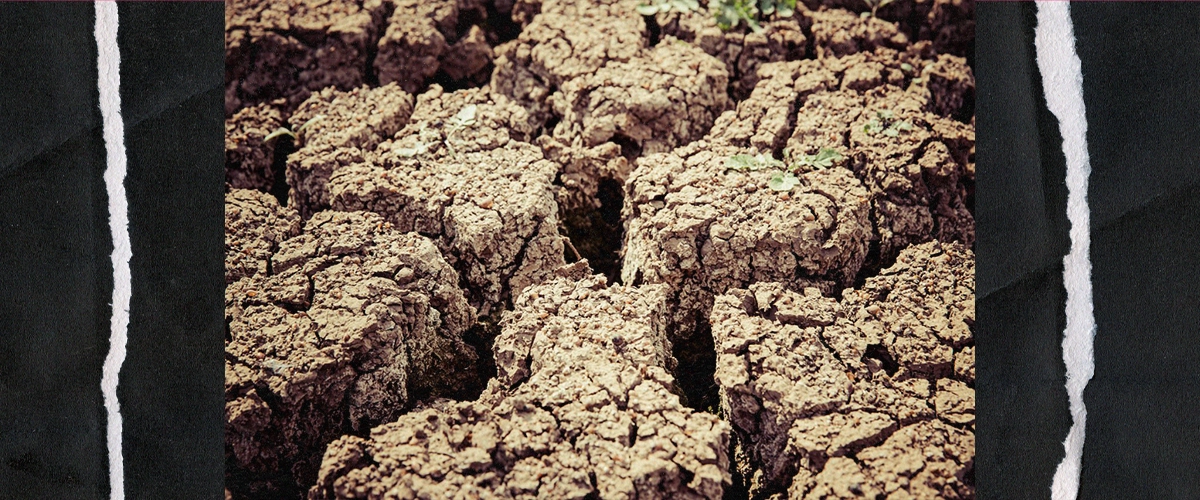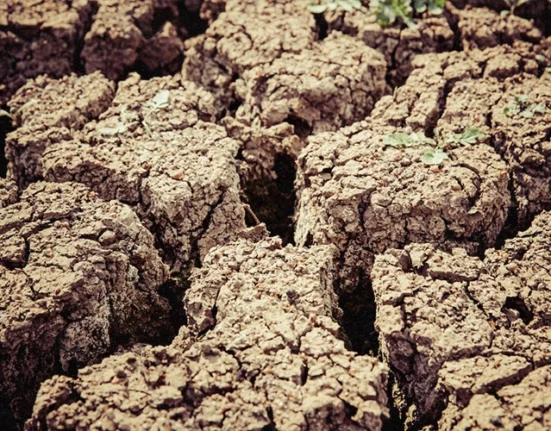THE RISING heat index is starting to adversely impact the livelihood of Filipino farmers.
Every year, the El Niño naturally occurs as part of a geographical cycle. It’s commonly associated with increased heat worldwide, leading to droughts and higher heat index.
In the past weeks, due to the unusually high heat index being endured by Filipinos, schools were forced to shift from face-to-face classes to online learning because of the potential health effects. Authorities have also been issuing warnings to citizens to keep them safe from the worsening heat.
More than half of Philippine provinces are in drought due to El Niño as it displays its hot and dry condition in the months of March, April and May.
The temperature of the current El Niño is being experienced at around 40 degrees Celsius, with one area hitting a dangerous heat index of 53 degrees.
El Niño and Filipino famers
The United Nations marked the Philippines as one of the countries that are most vulnerable to the impacts of climate change. Due to the climate change which is contributing to the extreme heat index, it’s been concluded that the upcoming harvest of farmers is likely to be below average.
The expected cost of crop losses is almost PHP 4 billion (US $69 million), and if this drought doesn’t end soon, farmers—and consumers—will suffer more.
PAGASA chief climatologist Ana Solis said that “the hoped rain in mid-May will bring some relief but drier than normal conditions could persist until August.”
Farmers in Nueva Ecija rely on the Pantabangan Dam for their farming, but the levels of the dam have fallen to nearly 50 meters, causing it to no longer reach their field.
Two hydroelectric facilities have closed earlier than usual due to receding water, which made the already unstable electrical supply worse as residents frequently turned on air conditioners and fans to cool off.
Some farmers have switched from rice to vegetable planting because these apparently consume less water. However, due to the extremely dry weather, even the veggies are dying.
Hotter weather ahead
Despite the El Niño phenomenon being expected to weaken in May, PAGASA warned the public to expect possibly hotter weather next month.
According to PAGASA weather specialist John Manalo, “the impact of El Niño is worse this year than in the previous years.”
Just last Saturday, PAGASA recorded the highest heat index in the country’s history in Iba, Zambales. It was categorized as posing “extreme danger” due to its heat index of 53 degrees Celsius.









